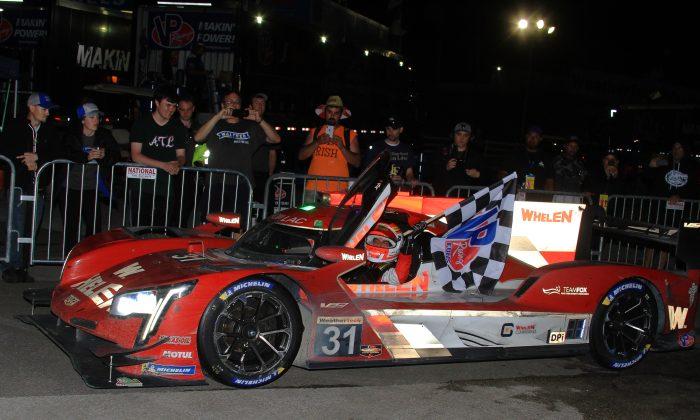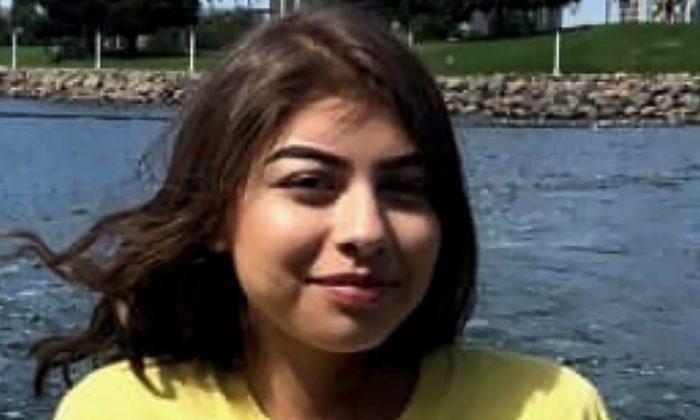That set the bar high for the New York Lottery for 2019—and it didn’t take long for that bar to be cleared.
Some lucky Long Islander purchased the winning ticket to the year’s first Mega Millions drawing, held on Jan. 1. That ticket is worth $425 million.
But somebody did it—and that $2 ticket is going to return a gigantic payoff.
Should the winner choose a one-time cash payout, he or she would take home $254.6 million, before taxes. That is right—one quarter of a billion dollars from a $2 gamble.
Of course, the lottery website doesn’t have any information on how many people bought tickets and won nothing. That’s gambling.
The winning ticket was purchased at Brookville Auto Service in the Town of Oyster Bay, Long Island.
Second Big Winner in a Week
Waking up on the first day of the new year and finding out you are a millionaire is not a bad thing. Neither is finding out that you got one hundred million dollars for Christmas.Some lucky New Yorker purchased a Powerball ticket for the Dec. 26 drawing and became the sole winner of a $298.3 million jackpot.
The name of the lucky Lotto gambler has not yet been announced but the New York Lottery has revealed that the ticket was purchased at Arnold’s Service Station at 1868 Linden Boulevard in Brooklyn, New York.
The Lottery–a Voluntary School Tax
The lottery is not just a state-sponsored gambling service. The lottery is actually designed to raise funds for schools.Most schools are funded by property taxes, which means schools in poorer neighborhoods—which often need the most help—generally have the smallest budgets. This can reflect in facility maintenance, teacher retention, special program availability, and ultimately the outcome of each child’s education.
“It takes into account both a school district’s size and its income level; larger, lower-income school districts receive proportionately larger shares of Lottery school funding.”
The New York Lottery is North America’s largest and most profitable state lottery, raising $3.37 million in education aid in the 2017-2018 fiscal year—13 percent of the state’s education aid budget.





